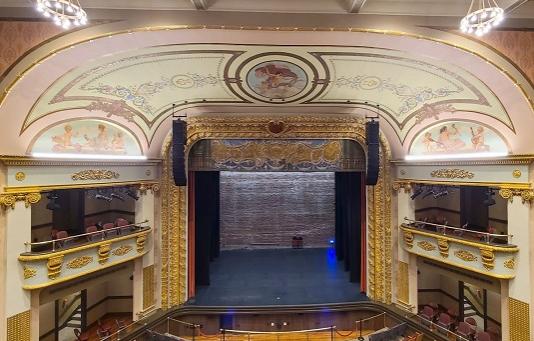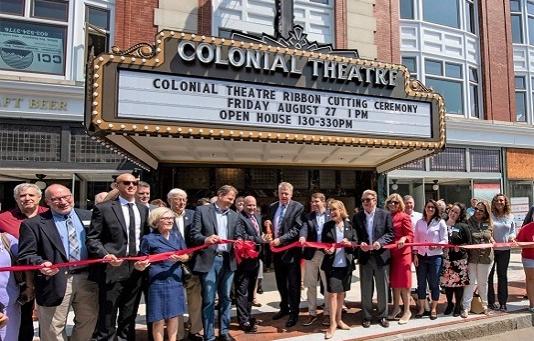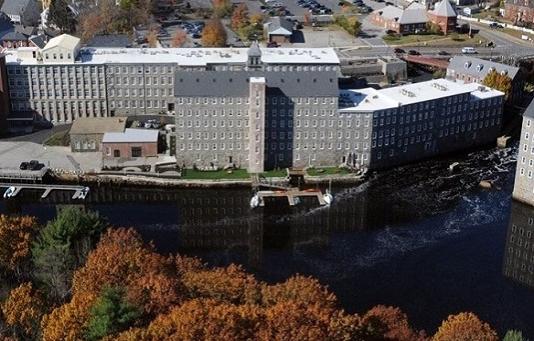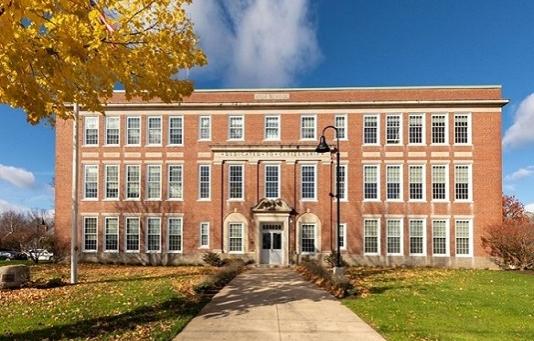Federal Historic Rehabilitation Tax Incentives
The Federal Historic Preservation Tax Incentives Program allows for a 20% investment tax credit for rehabilitating historic buildings and placing them in service as income producing buildings – meaning buildings used as commercial, industrial, and/or rental residential space.
Notice
As of August 15, 2023, all historic preservation certification applications must be submitted electronically, both new applications submitted to State Historic Preservation Offices (SHPOs) and materials submitted to the National Park Service (NPS) in response to requests for additional information.
Please follow all updated instructions provided by NPS. If not in conformance, the application will be returned to the applicant for correction prior to NHDHR review.
NHDHR will also be using the NPS date of August 15 as our date for all submissions to be provided to our office in electronic format.
Submitting an application for review: Please contact Brandee Loughlin to arrange submission based on project status and submission size.

Colonial Theater Interior
The Colonial Theater Project in Laconia was completed in 2021 using the Federal Historic Rehabilitation Tax Credit Program. The project was undertaken by the Belknap Economic Development Council, with a total project investment of almost $17 million. The building’s long-time vacant theater now comes alive regularly to host various types of events, its storefronts proudly boast locally owned businesses, and 8 new housing units look down on Main Street from the top floors.

Colonial Theater Ribbon Cutting
State and local leaders attend the ribbon-cutting of the Colonial Theater in Laconia. The Colonial Theater Project in Laconia was completed in 2021 using the Federal Historic Rehabilitation Tax Credit Program. The project was undertaken by the Belknap Economic Development Council, with a total project investment of almost $17 million. The building’s long-time vacant theater now comes alive regularly to host various types of events, its storefronts proudly boast locally owned businesses, and 8 new housing units look down on Main Street from the top floors.

Newmarket Manufacturing Company Project
The Newmarket Manufacturing Company project was completed in 2013 using the Federal Historic Rehabilitation Tax Credit Program. The project was undertaken by Chinburg Properties, with a total project investment of almost $24 million. The building now houses 112 loft, one-bedroom, and two-bedroom apartments and over 50,000 square feet of commercial space.

Hilltop School Project
The Hilltop School in Somersworth was completed in 2020 using the Federal Historic Rehabilitation Tax Credit Program. The project was undertaken by Chinburg Properties, with a total project investment of $4 million. The building now features 24 market rate apartments and the former gym houses commercial tenants.
Federal Historic Preservation Tax Incentives
The Federal Historic Preservation Tax Incentives Program allows for a 20% investment tax credit for rehabilitating historic buildings and placing them in service as income producing buildings – meaning buildings used as commercial, industrial, and/or rental residential space. The work must meet a certain financial threshold and must meet the Secretary of the Interior's Standards for Rehabilitation. In New Hampshire, we see many projects every year that utilize this program, from larger mill-to-apartment conversions to small bed-and-breakfasts and retail spaces. Check out the information below and contact our staff to learn more about how you can take advantage of this program.
The Federal Historic Preservation Tax Incentives Program is administered by the National Park Service. As the State Historic Preservation Office for New Hampshire, the NH Division of Historical Resources works with applicants in NH to review and process their application before sending it to the National Park Service for approval.
Applying for the 20% credit is a three-step process. First a property must be listed in or eligible for listing in the National Register of Historic Places. If your property is not already listed in the National Register of Historic places, either individually or as a contributing structure within a district, the NH DHR requests that you submit a completed State Inventory Form in order for staff to determine an opinion on the property's eligibility for listing in the National Register. This information will then translate into your Part 1 application. Staff will review the application and make a recommendation to the National Park Service regarding the property's eligibility. The NPS will then review the application and make the final determination.
After it has been determined that the property is already listed in or eligible for listing in the National Register of Historic Places, the Part 2 application is prepared. In this step, the applicant must document the current conditions of the property, the proposed work, and how it meets the Secretary of the Interior's Standards for Rehabilitation. At this point, the NH DHR will review the proposed work and let the applicant know if any changes should be made before sending it to NPS for requested approval.
Once an applicant has completed the rehabilitation work to the specifications approved by NPS, they should submit a "Part 3 – Request for Certification of Completed Work." This step of the application documents that the completed work meets the Secretary of the Interior's Standards for Rehabilitation. DHR reviews the application and sends it to NPS with our recommendations. Once approved by NPS, the applicant can then begin to claim the 20% income tax credit, per IRS regulations. See The IRS Rehabilitation Credit (Historic Preservation) FAQs for more information about this phase of the process.
More information can be found on the National Park Service Technical Preservation Services website.
For more information on the use of the credit in New Hampshire, please contact Brandee Loughlin.



